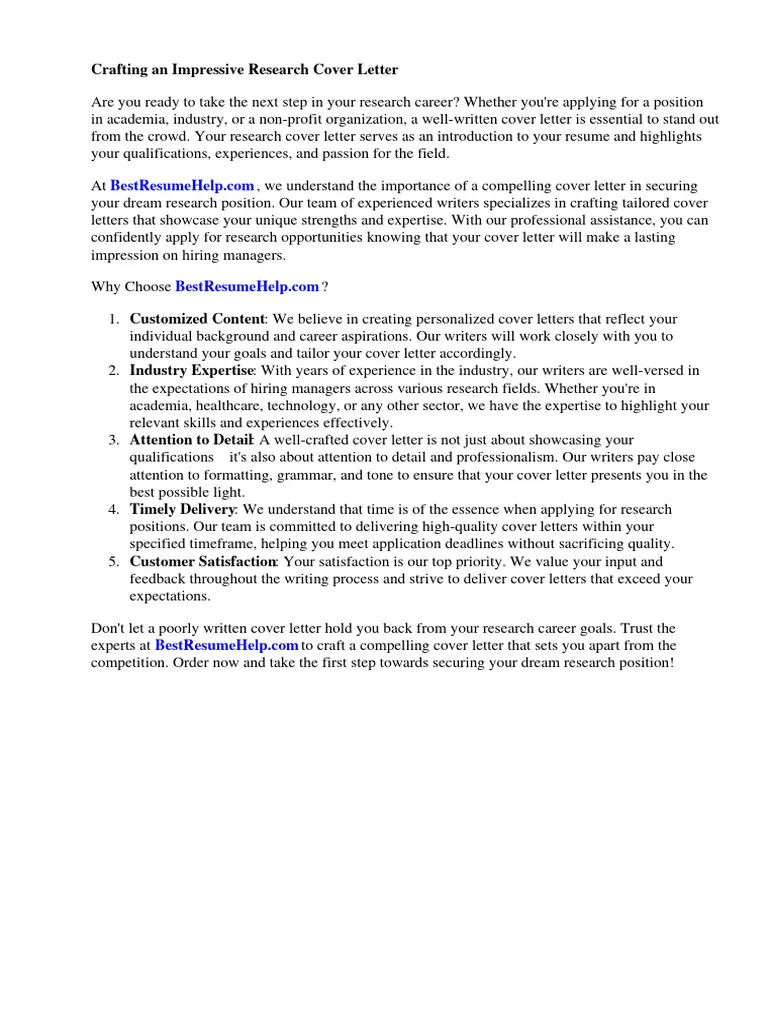What is a Cover Letter
A cover letter is a crucial document that accompanies your resume when you apply for a job. It serves as a personalized introduction, allowing you to elaborate on your qualifications, skills, and experiences in a way that a resume cannot. Think of it as your opportunity to make a strong first impression and convince the hiring manager that you are the perfect fit for the role. Unlike a resume, which provides a factual overview of your work history, a cover letter gives you the space to tell your story and demonstrate your enthusiasm for the position and the company.
The Purpose of a Cover Letter
The primary purpose of a cover letter is to capture the attention of the hiring manager and persuade them to read your resume. It allows you to highlight specific skills and experiences that directly align with the job requirements. Additionally, it provides a chance to showcase your personality, writing abilities, and genuine interest in the company. A well-crafted cover letter demonstrates that you’ve done your research, understand the company’s values, and are eager to contribute to their success. It complements your resume by adding context and depth to your qualifications, making your application more compelling.
Importance of a Cover Letter
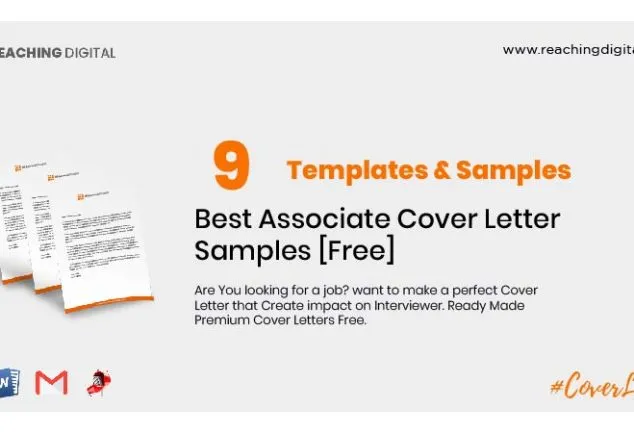
In today’s competitive job market, a cover letter is often essential for setting your application apart from the rest. It shows that you’re willing to go the extra mile, demonstrating your genuine interest in the position. It allows you to address any potential gaps in your resume or explain career transitions. Moreover, a cover letter gives you the chance to articulate your career goals and how the role aligns with your aspirations. Many hiring managers consider a cover letter a key indicator of your communication skills and attention to detail, qualities that are highly valued in the workplace. Skipping this step could mean missing out on opportunities, so invest time in crafting a compelling cover letter.
Types of Cover Letter Examples
There are various types of cover letters, each designed for different scenarios. The type you choose will depend on your experience level, the job you’re applying for, and your career goals. Understanding the different formats can help you tailor your letter to best highlight your strengths and qualifications.
Cover Letter Examples for Entry-Level Positions
For entry-level positions, the focus should be on showcasing your academic achievements, relevant coursework, internships, volunteer experiences, and transferable skills. Highlight any projects or extracurricular activities that demonstrate your abilities and enthusiasm. These letters are often more about potential and willingness to learn than extensive work history. It is important to emphasize your eagerness to contribute and your adaptability.
Cover Letter Examples for Mid-Career Professionals
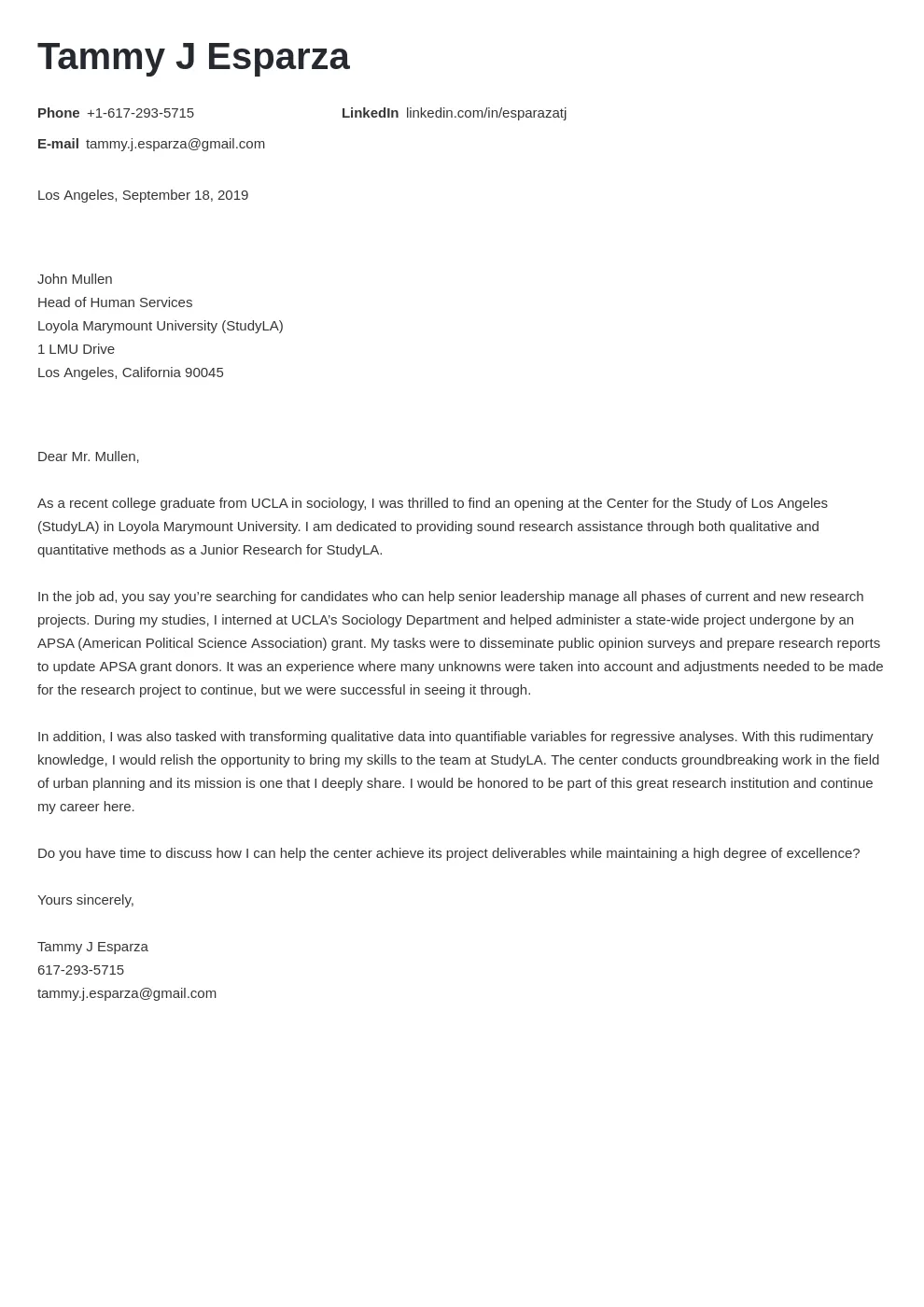
Mid-career cover letters should focus on career progression and accomplishments. Highlight specific achievements and quantify your contributions whenever possible. Showcase your leadership skills, project management experience, and ability to drive results. Tailor your letter to the specific job requirements, demonstrating how your experience aligns with the company’s needs and objectives. Showcasing your expertise is critical here, along with demonstrating your ability to navigate complex challenges.
Cover Letter Examples for Executive Roles
Executive cover letters must reflect your strategic thinking and leadership capabilities. Highlight your experience in driving organizational growth, managing teams, and achieving significant business outcomes. Focus on your accomplishments in areas such as revenue generation, cost reduction, and strategic planning. Emphasize your understanding of the industry and your ability to provide vision and direction. These cover letters should be concise, impactful, and demonstrate your ability to make a substantial contribution to the company.
Essential Elements of a Cover Letter
Every cover letter, regardless of the type, should include key elements that provide a clear message to the reader. Understanding these elements helps you construct a well-organized, persuasive cover letter.
Header and Contact Information
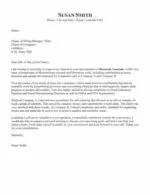
Start with your contact information, including your full name, address, phone number, and email address. Also, include the date and the hiring manager’s name and title, if known. If you don’t know the hiring manager’s name, you can use a general greeting like ‘Dear Hiring Manager.’
The Salutation
Use a professional salutation. ‘Dear [Hiring Manager name]’ is ideal if you know the name. Otherwise, ‘Dear Hiring Manager’ or ‘Dear [Company name] Hiring Team’ are acceptable alternatives. Avoid generic salutations like ‘To Whom It May Concern.’
The Opening Paragraph
The opening paragraph is your chance to grab the reader’s attention. State the position you’re applying for and how you learned about it. Briefly highlight your most relevant skills and experiences, and express your enthusiasm for the role and the company. Make a strong opening statement to set the tone for the rest of your letter. This is your hook - you want to make the reader excited to learn more about you.
Highlighting Your Skills and Experiences
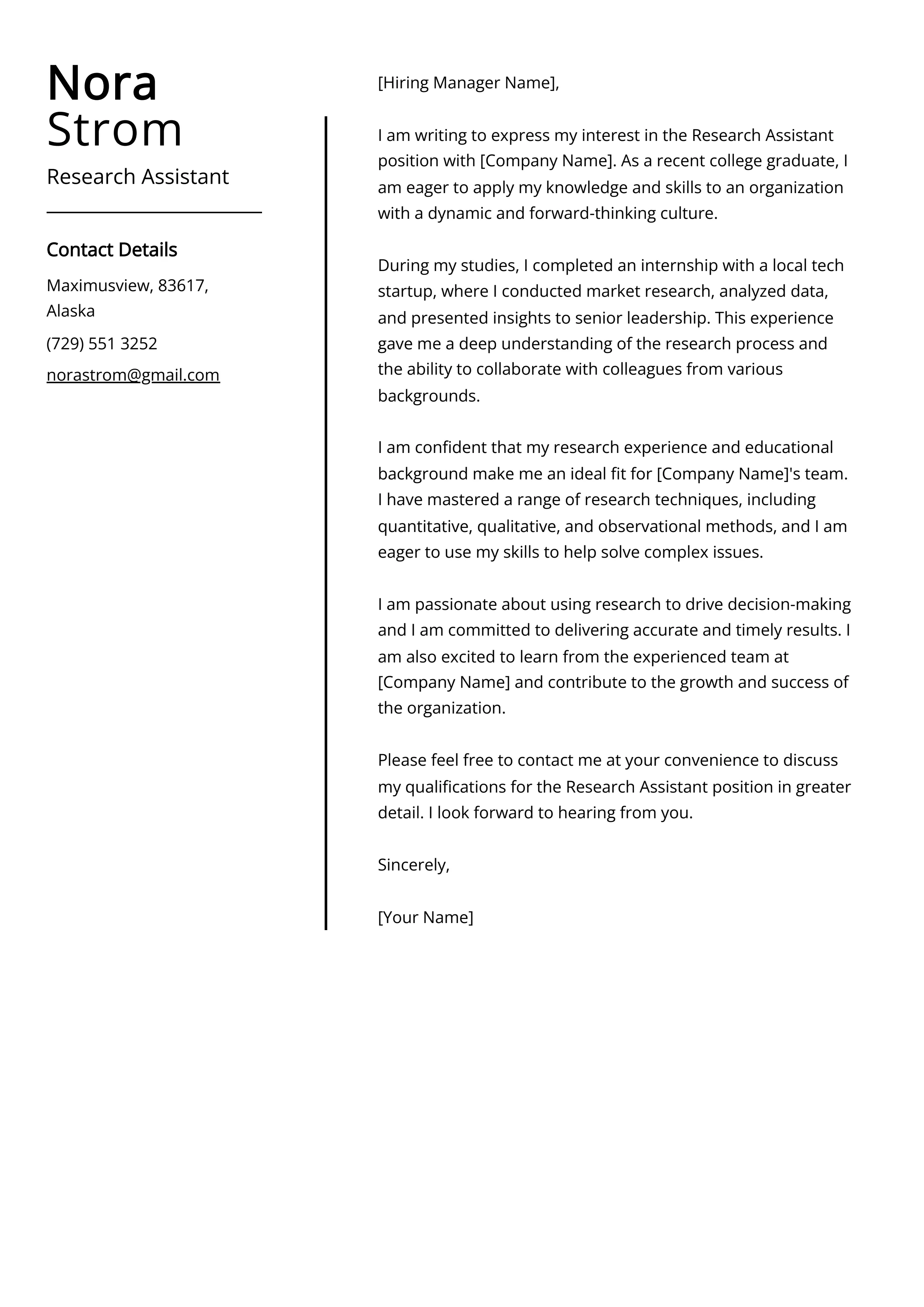
In the body of your cover letter, expand on your key skills and experiences. Provide specific examples that demonstrate your qualifications and achievements. Use action verbs to describe your accomplishments and quantify your results whenever possible. Tailor the content to the specific job requirements, showing how your skills align with the company’s needs.
Tailoring Your Cover Letter
Customize each cover letter to the specific job and company. Research the company and understand their values, mission, and goals. Mention specific aspects of the company or the role that appeal to you. This shows the hiring manager that you are genuinely interested and have taken the time to learn about the opportunity. This personalization increases your chances of getting noticed and remembered.
The Closing Paragraph and Call to Action
In your closing paragraph, reiterate your interest in the position and thank the hiring manager for their time and consideration. Include a call to action, such as expressing your eagerness to discuss your qualifications further and stating your availability for an interview. End with a professional closing, such as ‘Sincerely’ or ‘Best regards’, followed by your name.
Formatting Tips for Cover Letters
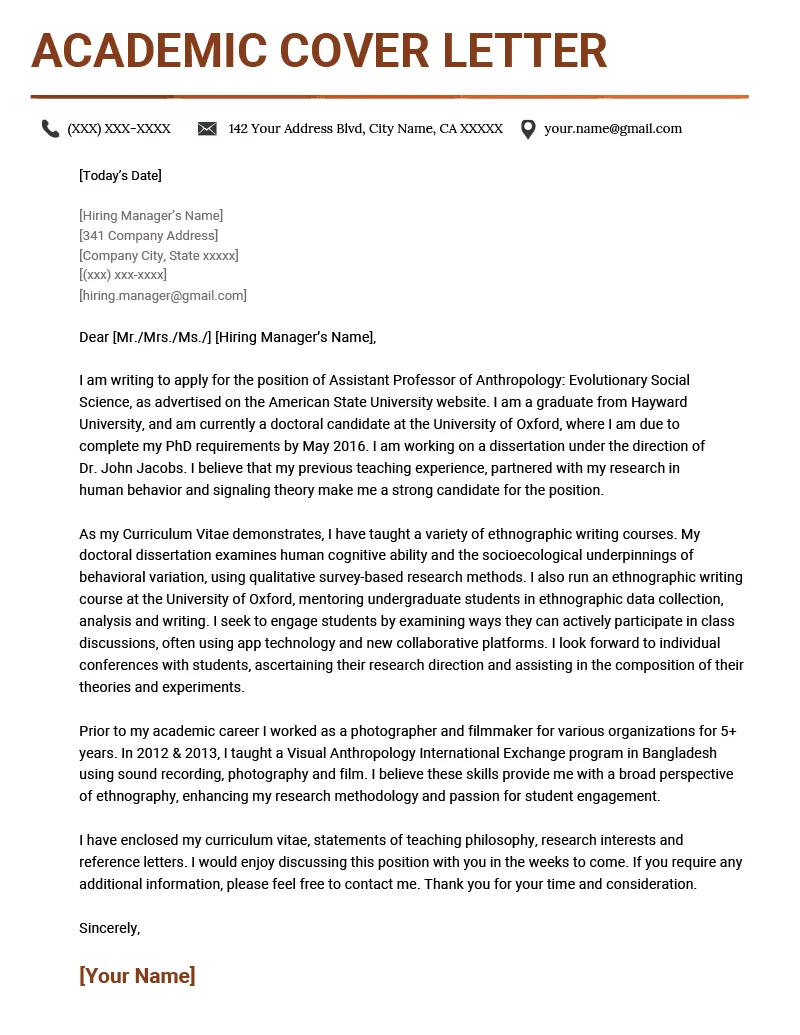
The way you present your cover letter is as important as the content. Proper formatting makes your letter easy to read and shows that you pay attention to detail.
Choosing the Right Font and Size
Use a professional and readable font, such as Times New Roman, Arial, or Calibri. The font size should be between 10 and 12 points. Ensure consistency throughout the document.
Margins and Spacing
Use standard 1-inch margins on all sides of the page. Double-space between paragraphs and use single spacing within paragraphs. This provides sufficient white space, making the letter easy to scan and read.
File Format and Submission
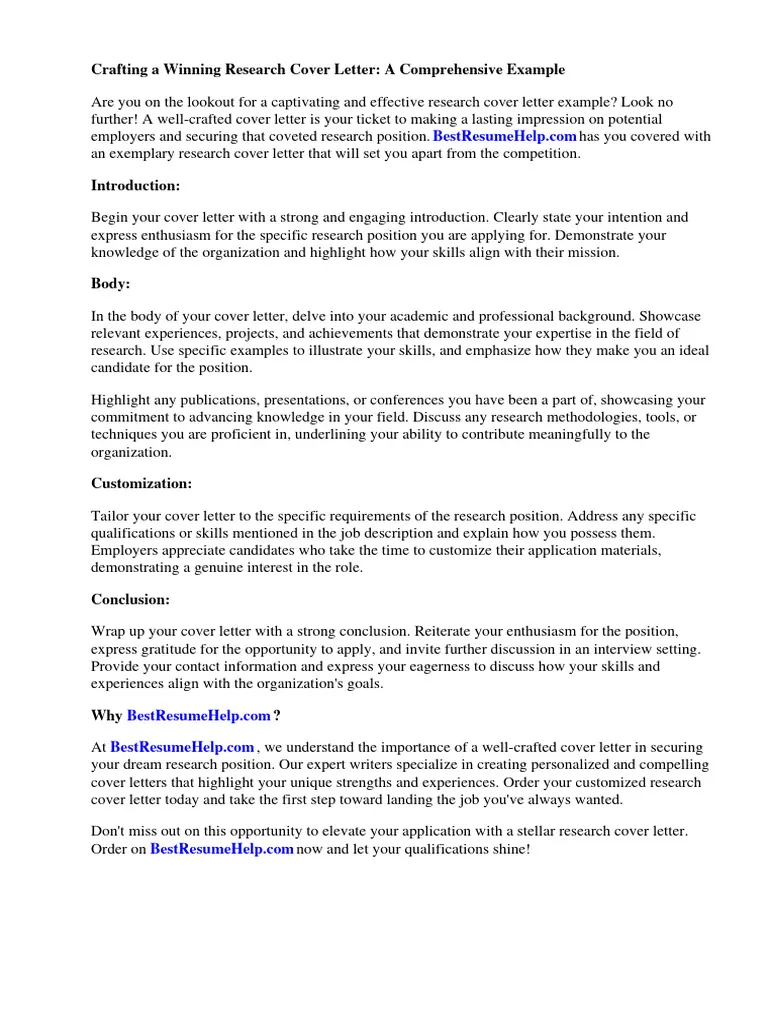
Save your cover letter as a PDF file to maintain its formatting and ensure it is accessible on any device. Name the file with your name and the job title (e.g., ‘JohnDoe_CoverLetter_MarketingManager’). Always follow the application instructions regarding file format and submission.
Common Mistakes to Avoid in Cover Letters
Avoiding common mistakes can significantly increase the effectiveness of your cover letter. Be aware of the following to ensure your letter makes a positive impression.
Grammar and Spelling Errors
Carefully proofread your cover letter for any grammar, spelling, or punctuation errors. Errors can undermine your professionalism and attention to detail. Use a spell-checker and consider having a friend or family member review your letter before submitting it. Mistakes will quickly get your resume rejected.
Generic Content and Lack of Personalization
Avoid using generic templates that can be used for any job. Customize your cover letter to the specific job and company. Show that you’ve researched the company and understand their needs. Generic letters show a lack of interest, making it less likely your application will be considered.
Focusing on Yourself Too Much
While you need to highlight your skills and experiences, focus on how your skills and experiences will benefit the company, not just what the job can do for you. Frame your letter from the perspective of how you can help the employer solve their problems. This approach positions you as a valuable asset.
Cover Letter Examples for Specific Industries
Different industries require different approaches to cover letters. Tailoring your letter to the specific industry demonstrates your understanding of industry-specific needs and preferences.
Cover Letter Examples for Tech Jobs
For tech jobs, emphasize your technical skills and experience with relevant technologies. Highlight your projects, coding experience, and any certifications or specializations. Quantify your accomplishments, such as the number of projects completed or the impact of your code. Show a passion for technology and demonstrate how you stay up-to-date with industry trends.
Cover Letter Examples for Marketing Roles
Marketing cover letters should focus on your ability to drive results and your understanding of marketing strategies. Highlight your experience with campaigns, data analysis, and content creation. Include metrics demonstrating your success in previous roles. Show your creativity and understanding of current marketing trends, and how you will contribute to the company’s growth.
Cover Letter Examples for Healthcare Positions
Healthcare cover letters should emphasize your skills, experience, and compassion. Highlight your experience in patient care, medical procedures, and any relevant certifications. Show your understanding of healthcare regulations and your commitment to patient well-being. Mention your ability to work effectively in a team and your commitment to providing excellent patient care.
Cover Letter Examples
Reviewing cover letter examples can provide you with inspiration and guidance for crafting your own. Study these examples to understand how to structure your letter and highlight your qualifications effectively.
Example 1 for a recent college graduate
This example focuses on highlighting academic achievements, internships, and transferable skills. It emphasizes the applicant’s enthusiasm and willingness to learn, demonstrating their ability to make a positive contribution to the company. Showcasing relevant coursework and any volunteer experience demonstrates that they possess the necessary skills to succeed.
Example 2 for an experienced professional
This example focuses on showcasing career progression and quantifiable achievements. The letter demonstrates the applicant’s ability to drive results and manage teams effectively. It highlights specific projects and outcomes, illustrating the applicant’s value to the organization. Highlighting accomplishments and leadership experience are key to this approach.
Example 3 for a career change
This example focuses on bridging the skills gap and highlighting transferable skills. The letter demonstrates how the applicant’s previous experience aligns with the requirements of the new role. It showcases the applicant’s adaptability and willingness to learn new skills, making a compelling case for their candidacy. Focus on skills applicable to the target job.
Tips for a Successful Cover Letter
To maximize your chances of success, follow these additional tips. These strategies can help you create a cover letter that stands out from the competition and lands you an interview.
Research the Company and Job
Thoroughly research the company and the specific job posting. Understand their mission, values, and the specific requirements of the role. Tailor your cover letter to address these requirements and demonstrate how your skills and experience align with their needs. Showing that you understand the company’s culture demonstrates interest and attention to detail, which increases the probability of your application being considered.
Use Action Verbs
Use strong action verbs to describe your accomplishments and responsibilities. Verbs like ‘managed,’ ‘developed,’ ‘implemented,’ and ‘achieved’ make your letter more dynamic and engaging. These verbs draw the reader in and show, rather than tell, what you did in your previous roles.
Proofread Carefully
Before submitting your cover letter, proofread it carefully for any errors in grammar, spelling, or punctuation. Errors can create a negative impression and undermine your credibility. Have a friend, family member, or career counselor review your letter to catch any mistakes you might have missed. A polished letter reflects your professionalism and attention to detail, which are important qualities in any job.
